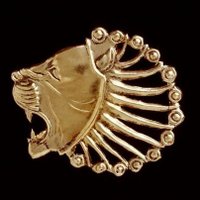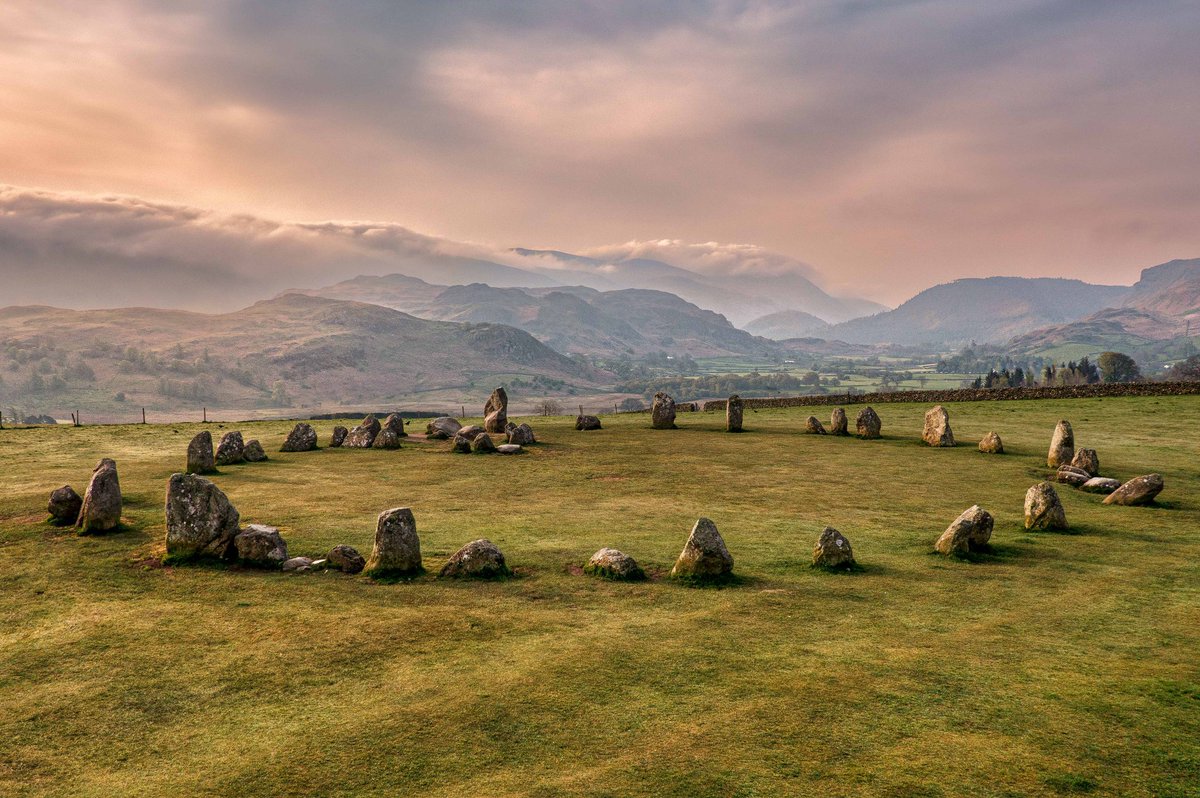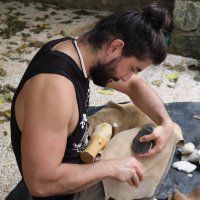



Morning everyone hope you are well. Yesterday's dawn breaking over the beautiful 5000 year old, Neolithic, Castlerigg Stone Circle with views towards the Helvellyn range. Have a great day. #LakeDistrict Keswick boot co





















Morning everyone hope you are well. Yesterday's dawn breaking over the beautiful 5000 year old, Neolithic, Castlerigg Stone Circle with views towards the Helvellyn range. Have a great day. #LakeDistrict Keswick boot co
















